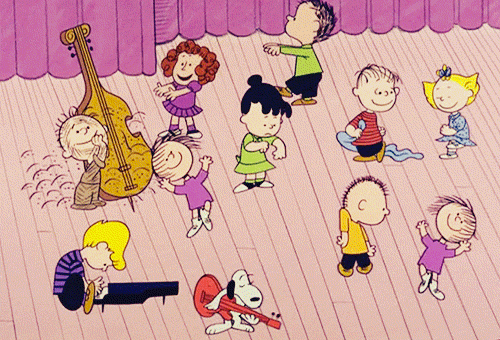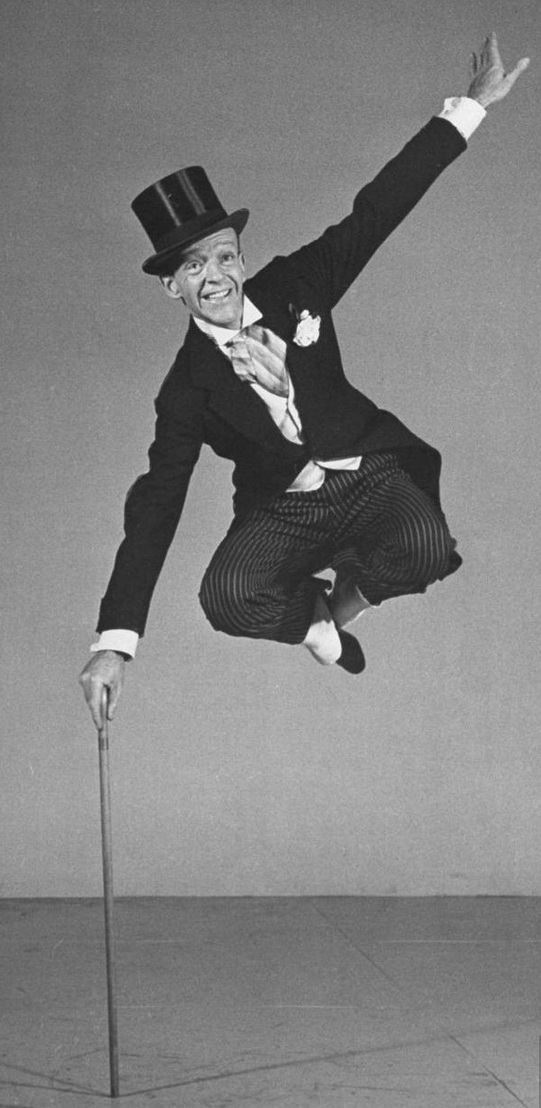Merry Christmas Eve Framers!
Judy Garland!

One of the brightest, most tragic movie stars of Hollywood’s Golden Era, Judy Garland was a much-loved character whose warmth and spirit, along with her rich and exuberant voice, kept theatre-goers entertained with an array of delightful musicals.
She was born Frances Ethel Gumm on 10 June 1922 in Minnesota, the youngest daughter of vaudevillians Frank and Ethel Gumm. Her mother, an ambitious woman gifted in playing various musical instruments, saw the potential in her daughter at the tender age of just 2 years old when Baby Frances repeatedly sang “Jingle Bells” until she was dragged from the stage kicking and screaming during one of their Christmas shows and immediately drafted her into a dance act, entitled “The Gumm Sisters”, along with her older sisters Mary Jane Gumm and Virginia Gumm. However, knowing that her youngest daughter would eventually become the biggest star, Ethel soon took Frances out of the act and together they traveled across America where she would perform in nightclubs, cabarets, hotels and theaters solo.
Her family life was not a happy one, largely because of her mother’s drive for her to succeed as a performer and also her father’s closeted homosexuality. The Gumm family would regularly be forced to leave town owing to her father’s illicit affairs with other men, and from time to time they would be reduced to living out of their automobile. However, in September 1935 the Gumms’, in particular Ethel’s, prayers were answered when Frances was signed by Louis B. Mayer, mogul of leading film studio MGM, after hearing her sing. It was then that her name was changed from Frances Gumm to Judy Garland, after a popular ’30s song “Judy” and film critic Robert Garland. Judy’s career did not officially kick off until she sang one of her most famous songs, “You Made Me Love You”, at Clark Gable‘s birthday party in February 1937, during which Louis B. Mayer finally paid attention to the talented songstress.
Prior to this her film debut in Pigskin Parade (1936), in which she played a teenage hillbilly, had left her career hanging in the balance. However, following her rendition of “You Made Me Love You”, MGM set to work preparing various musicals with which to keep Judy busy. All this had its toll on the young teenager, and she was given numerous pills by the studio doctors in order to combat her tiredness on set. Another problem was her weight fluctuation, but she was soon given amphetamines in order to give her the desired streamlined figure. This soon produced the downward spiral that resulted in her lifelong drug addiction.
In 1939, Judy shot immediately to stardom with The Wizard of Oz (1939), in which she portrayed Dorothy, an orphaned girl living on a farm in the dry plains of Kansas who gets whisked off into the magical world of Oz on the other end of the rainbow. Her poignant performance and sweet delivery of her signature song, ‘Over The Rainbow’, earned Judy a special juvenile Oscar statuette on 29 February 1940 for Best Performance by a Juvenile Actor. Now growing up, Judy began to yearn for meatier adult roles instead of the virginal characters she had been playing since she was 14.
By this time, Judy had starred in her first adult role as a vaudevillian during WWI in For Me and My Gal (1942). In November 1943, Judy began filming Meet Me in St. Louis (1944), which proved to be a big success. The director Vincente Minnelli highlighted Judy’s beauty for the first time on screen, having made the period musical in color, her first color film since The Wizard of Oz (1939). He showed off her large brandy-brown eyes and her full, thick lips and after filming ended in April 1944, a love affair resulted between director and actress and they were soon living together. Vincente began to mold Judy and her career, making her more beautiful and more popular with audiences worldwide. He directed her in The Clock (1945), and it was during the filming of this movie that the couple announced their engagement on set on 9 January 1945.
But married life was never the same for Vincente and Judy after they filmed The Pirate (1948) together in 1947. Judy’s mental health was fast deteriorating and she began hallucinating things and making false accusations toward people, especially her husband, making the filming a nightmare. She then teamed up with dancing legend Fred Astaire for the delightful musical Easter Parade(1948), which resulted in a successful comeback despite having Vincente fired from directing the musical. Afterwards, Judy’s health deteriorated and she began the first of several suicide attempts. In May 1949, she was checked into a rehabilitation center, which caused her much distress.
On returning, Judy made In the Good Old Summertime (1949), which was also Liza’s film debut, albeit via an uncredited cameo. She had already been suspended by MGM for her lack of cooperation on the set of The Barkleys of Broadway (1949), which also resulted in her getting replaced by Ginger Rogers. After being replaced by Betty Hutton on Annie Get Your Gun (1950), Judy was suspended yet again before making her final film for MGM, entitled Summer Stock (1950). At 28, Judy received her third suspension and was fired by MGM, and her second marriage was soon dissolved.
Judy signed a film contract with Warner Bros. to star in the musical remake of A Star Is Born (1937), which had starred Janet Gaynor, who had won the first-ever Academy Award for Best Actress in 1929. She won a Golden Globe for her brilliant and truly outstanding performance as Esther Blodgett, nightclub singer turned movie star, but Judy lost out on the Best Actress Oscar to Grace Kelly for her portrayal of the wife of an alcoholic star in The Country Girl (1954).
At age 41, she made her final performance on film alongside Dirk Bogarde in I Could Go on Singing (1963). She continued working on stage, appearing several times with her daughter Liza. It was during a concert in Chelsea, London, that Judy stumbled into her bathroom late one night and died of an overdose of barbiturates, the drug that had dominated her much of her life, on the 22nd of June 1969 at the age of 47.She is still an icon to this day with her famous performances in The Wizard of Oz (1939), Meet Me in St. Louis (1944), Easter Parade (1948), and A Star Is Born (1954).



























